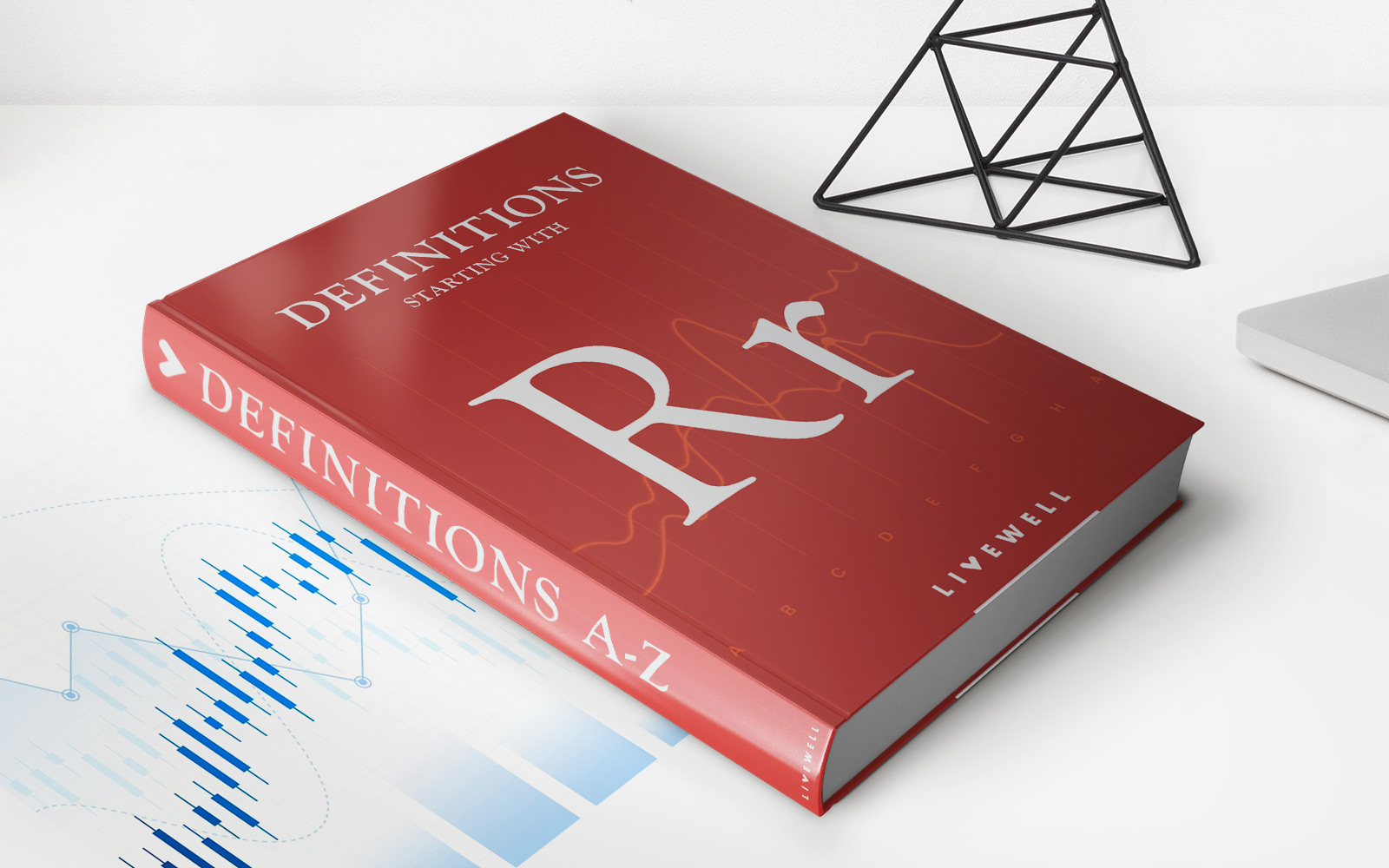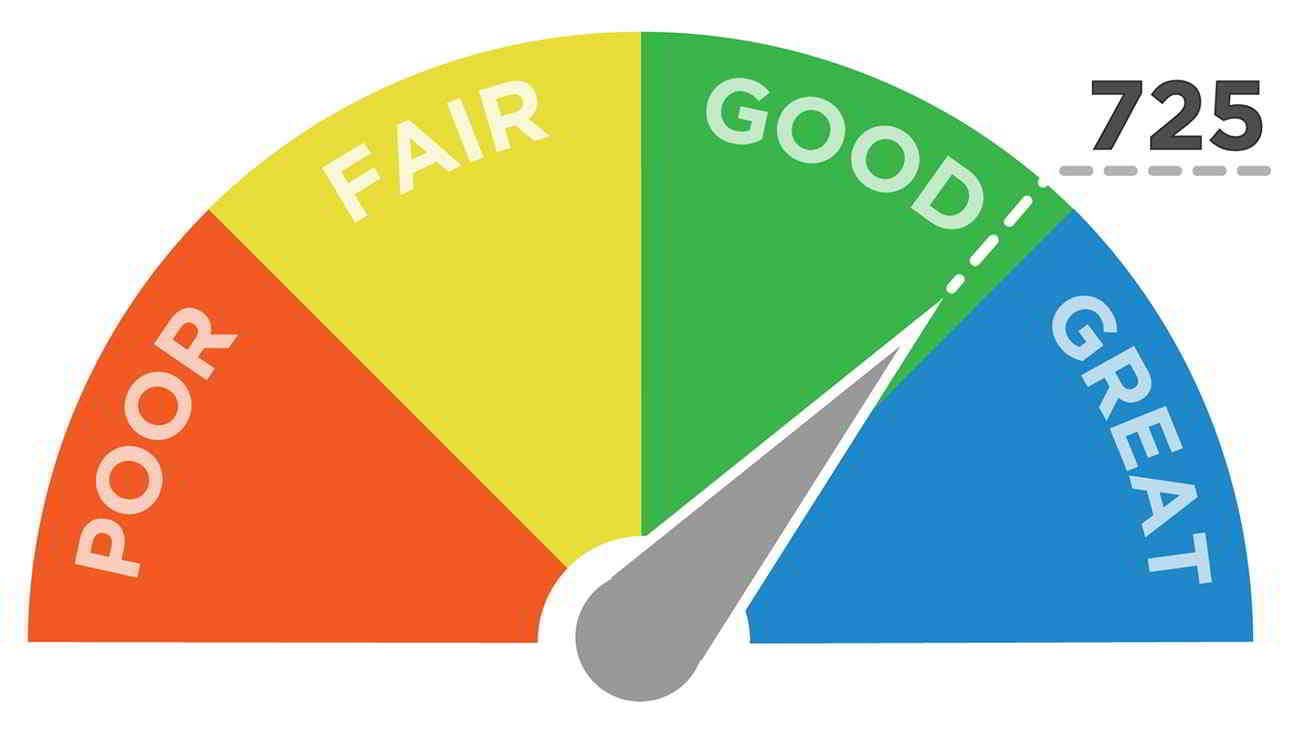

Finance
How Long Do Student Loans Take To Process
Published: January 19, 2024
Find out how long it takes to process student loans and get the financing you need. Expert advice on finance options, repayment plans, and timelines.
(Many of the links in this article redirect to a specific reviewed product. Your purchase of these products through affiliate links helps to generate commission for LiveWell, at no extra cost. Learn more)
Table of Contents
Introduction
Student loans have become a common financial tool for individuals seeking higher education. They provide much-needed funds to cover the costs of tuition, books, and living expenses. However, the process of obtaining a student loan can be daunting, and many borrowers are left wondering how long it will take for their loan to be processed.
Unfortunately, there is no one-size-fits-all answer to this question, as the timeline for loan processing can vary depending on a variety of factors. However, in this article, we will outline the general steps involved in the student loan process and provide some insight into the average timeframes involved.
It’s important to note that the process may differ slightly depending on the type of student loan you are applying for. Federal student loans, which are offered by the U.S. government, have a different process than private student loans, which are provided by banks and other financial institutions. For the purposes of this article, we will focus on the general process involved in obtaining student loans.
So, if you’re ready to dive into the world of student loans and learn how long the process might take, let’s get started!
Step 1: Submitting an Application
The first step in the student loan process is submitting an application. This is where you provide all the necessary information about yourself, your educational institution, and your financial situation. The specific requirements may vary depending on the lender or loan program, but generally, you will need to provide:
- Personal information: This includes your name, address, date of birth, and social security number.
- Academic information: You will need to provide details about the college or university you plan to attend, including the program of study and anticipated graduation date.
- Financial information: This includes your income, as well as any other sources of financial aid or scholarships you may be receiving.
- Employment information: Some lenders may require information about your current or previous employment history.
It’s important to fill out the application accurately and completely, as any missing or incorrect information could delay the processing of your loan. Additionally, be prepared to provide any supporting documentation that may be requested, such as tax returns, bank statements, or proof of enrollment.
Once you have completed the application, you will typically submit it online through the lender’s website or through a designated online application portal. Some lenders may also accept paper applications, although this is becoming less common.
The length of time it takes to complete and submit the application will depend on your individual circumstances. If you have all the necessary information readily available, you can complete the application in a relatively short amount of time. However, if you need to gather additional documents or research certain information, it may take longer.
After you have submitted your application, the next step in the student loan process is the verification process, where the lender will review the information you provided and determine your eligibility for the loan. Let’s explore this step in more detail.
Step 2: Verification Process
Once you have submitted your student loan application, the lender will begin the verification process. During this step, the lender will review the information and documentation you provided to ensure its accuracy and determine your eligibility for the loan.
The verification process typically involves several steps:
- Document Review: The lender will carefully review all the documents you submitted with your application, such as tax returns, bank statements, and proof of enrollment. They will check for any inconsistencies or discrepancies and may request additional documentation if needed.
- Income Verification: Lenders will often verify your income to assess your ability to repay the loan. This may involve contacting your employer or requesting additional documentation, such as pay stubs or W-2 forms.
- Academic Verification: If you are applying for a student loan, the lender may contact your educational institution to verify your enrollment status, program of study, and anticipated graduation date.
- Credit Check: Most lenders will conduct a credit check to evaluate your credit history and determine your creditworthiness. This can impact your eligibility for certain types of student loans, such as private loans.
The length of the verification process can vary depending on a variety of factors, including the volume of applications the lender is processing and the complexity of your individual circumstances. In some cases, the process can be completed within a few days or weeks. However, it’s not uncommon for the verification process to take several weeks or even longer, especially during peak application periods.
During the verification process, it’s important to respond promptly to any requests for additional information or documentation from the lender. Delaying or failing to provide the requested information can significantly prolong the processing time of your loan application.
Once the verification process is complete, the lender will make a decision regarding your loan application. If approved, you will move on to the next step in the process: loan approval or denial. Let’s explore this step in further detail.
Step 3: Loan Approval or Denial
After completing the verification process, the lender will make a decision regarding your student loan application. This step involves reviewing all the information gathered during the application and verification stages to determine whether you meet the eligibility requirements for the loan.
During the loan approval or denial process, the lender will consider various factors, such as:
- Financial Stability: Lenders will assess your financial situation, including your income, expenses, and credit history, to evaluate your ability to repay the loan. A stable income and good credit history can increase your chances of loan approval.
- Academic Standing: If you are applying for a student loan, the lender may also consider your academic performance and progress. Maintaining good grades and staying on track with your program of study can positively impact your loan approval.
- Loan Amount: The lender will review the requested loan amount and assess whether it aligns with your financial need and ability to repay. They may adjust the loan amount based on their evaluation.
Once the lender has reviewed all the relevant factors, they will notify you of their decision. If your loan application is approved, you will receive an approval letter or email outlining the terms and conditions of the loan. This will include the loan amount, interest rate, repayment terms, and any applicable fees.
If your loan application is denied, the lender will provide you with an explanation of the reasons for the denial. Common reasons for loan denial include insufficient income or credit history, high debt-to-income ratio, or past delinquency or default on previous loans.
If your loan application is denied, don’t be disheartened. You can explore alternative options, such as applying with a cosigner or seeking out different loan programs or lenders that may have more lenient eligibility requirements. It’s important to understand the reasons for the denial and take steps to improve your eligibility before reapplying.
Once your loan application is approved, you will move on to the next step in the process: loan disbursement. Let’s delve into this step further.
Step 4: Loan Disbursement
After your student loan application has been approved, the next step in the process is loan disbursement. This is when the lender releases the funds to your chosen educational institution, allowing you to cover your tuition, fees, and other educational expenses.
The specific timeline for loan disbursement can vary depending on factors like the lender’s policies and procedures, your school’s disbursement schedule, and whether you are receiving a federal or private student loan.
If you are applying for a federal student loan, the funds are typically disbursed directly to your school. Federal loans generally have a predetermined disbursement schedule which is coordinated with your school’s academic calendar. In most cases, the funds will be disbursed in multiple installments throughout the academic year.
On the other hand, private student loans may have different disbursement processes. Some lenders may disburse the funds directly to your school, while others may send the funds to you or deposit them into your bank account. It’s important to check with your lender to understand their specific disbursement procedures and timelines.
Keep in mind that before the funds are disbursed, your school may apply them to any outstanding tuition or fees you owe. Once those expenses are covered, any remaining funds will be given to you for other educational expenses like books, housing, and living costs.
It’s crucial to note that the disbursement process can take time, especially during busy periods like the start of the academic year. Therefore, it’s essential to plan your finances accordingly and ensure that you have enough funds to cover immediate expenses until the loan disbursement occurs.
Now that the loan funds have been disbursed, you will enter the repayment period where you will start repaying the loan. Let’s explore this final step in the student loan process.
Step 5: Repayment Period
Once the loan funds have been disbursed, you will enter the repayment period, where you are responsible for repaying the loan according to the terms and conditions outlined by the lender. The length of the repayment period and the specific terms will depend on the type of loan and the repayment plan you choose.
For federal student loans, there are various repayment plan options available, such as the Standard Repayment Plan, Income-Driven Repayment Plans, and Graduated Repayment Plans. These plans offer different terms, including the length of the repayment period and the amount of your monthly payments. It’s important to choose a plan that aligns with your financial circumstances and goals.
Private student loans may have different repayment options and terms. It’s crucial to review the loan agreement and understand the repayment schedule, interest rates, and any other fees or penalties associated with the loan.
During the repayment period, you will need to make regular, timely payments towards your loan. Missing payments or making late payments can negatively impact your credit score and may result in additional penalties or fees. It’s essential to budget your finances effectively to ensure that you can meet your loan obligations.
If you experience financial hardship and find it difficult to make your loan payments, there may be options available to you, such as deferment or forbearance. These programs allow for temporary suspensions or reductions in loan payments. However, it’s important to contact your loan servicer or lender to discuss your options and understand the implications of these programs.
Throughout the repayment period, it’s important to stay informed and keep track of your loan details. Maintain communication with your loan servicer or lender and update them with any changes in your contact information or financial circumstances.
By understanding and fulfilling your loan repayment obligations, you will successfully complete the final step in the student loan process and achieve the goal of successfully repaying your loan.
Conclusion
Obtaining a student loan is a significant financial decision and understanding the process involved can help ease any anxieties or uncertainties. While the timeline for student loan processing may vary depending on various factors, including the type of loan and the individual circumstances of the borrower, familiarizing yourself with the general steps can provide you with a better idea of what to expect.
The student loan process typically involves steps such as submitting an application, undergoing a verification process, receiving loan approval or denial, loan disbursement, and entering into the repayment period. Each step has its own timeline and requirements, which can impact the overall duration of the process.
When applying for a student loan, it’s crucial to be organized and provide accurate information and documentation to avoid unnecessary delays. Responding promptly to any requests from the lender can help expedite the verification and approval process.
Following loan approval and disbursement, you will enter the repayment period, where you must make timely payments towards your loan. It’s important to choose a repayment plan that suits your financial situation and to stay informed about your loan terms and any available options in case of financial hardship.
Remember to communicate with your loan servicer or lender throughout the process to ensure a smooth experience and avoid any potential issues. By responsibly managing your student loan, you will be on your way to achieving your educational goals without unnecessary financial burden.
In conclusion, while the student loan process can seem complex, understanding the steps involved and preparing ahead of time can contribute to a smoother and more efficient experience. By staying informed, organized, and proactive, you can navigate the student loan process confidently and pave the way for a successful educational journey.














